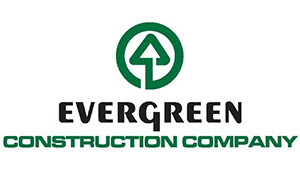
Last week, Harvard’s Joint Center for Housing Studies released its annual State of the Nation’s Housing report. The report uses a variety of national housing and demographic datasets to distill current trends and challenges in the rental and owner-occupied housing markets across the United States.
As moderator Tiziana Dearing indicated during the report release webcast, housing seems to be at an inflection point. It remains unseen if the general outlook is positive, and if so, for whom. The report’s authors allude to anticipated rising interest rates. Coincidentally, the day the report was released, the Federal Reserve announced a 0.75 percentage point interest rate increase–the largest single increase since 1994.
While the report largely focuses on national and regional trends, data pertaining to NC and the Raleigh metro area were mentioned briefly in the context of growth:
- From July 2020 to July 2021, 89,000 people moved to North Carolina, making our state the fourth fastest growing state in the nation.
- In Raleigh, rents grew by 22% from early 2021 to early 2022. This places Raleigh among the top 20 large metros for rent growth.

Main points highlighted in the report include:
- Evictions are approaching pre-pandemic levels, but foreclosures remain down. Evictions are just 2.5% below the annual average for 2012-2016. Foreclosures remain 43% below their 2012-2016 average.
- The racial wealth gap continues to widen. Homeowners are accumulating wealth through rapidly appreciating home prices, thus widening the gap between renters and homeowners. In fact, the median wealth of homeowner households ($254,900) is about 40 times that of renter households ($6,270). Because white households are much more likely to be homeowners than Black and Latinx households, this gap inherently indicates a widening of the racial wealth gap. Moreover, the median net wealth of Black homeowner wealth is about one-third the wealth of white homeowners.
- New construction of homes is booming. The last time this many homes were under construction was in 1973.
- Homebuying remained fairly affordable 2021 but is expected to slow significantly with growing interest rates. People who might otherwise be interested in moving will be hesitant to sell because of how high interest rates are. Rising interest rates will also keep some people from being able to enter the housing market.
- There are more households than ever before and past data indicates that there is still pent-up demand for additional household formation. In other words, there are still plenty of young people who haven’t left the nest or who are living with roommates but would like to be on their own in the future. The rental market continues to be squeezed by a mismatch between housing supply and renter demand, which leads to increased rents.
- Rents and home prices both experienced their highest year-over-year increases in 2021. Moreover, the appreciation of home prices, coupled with rising interest rates, has made it increasingly difficult for would-be first-time home buyers to enter the market.

For additional information, visit: https://www.jchs.harvard.edu/state-nations-housing-2022








